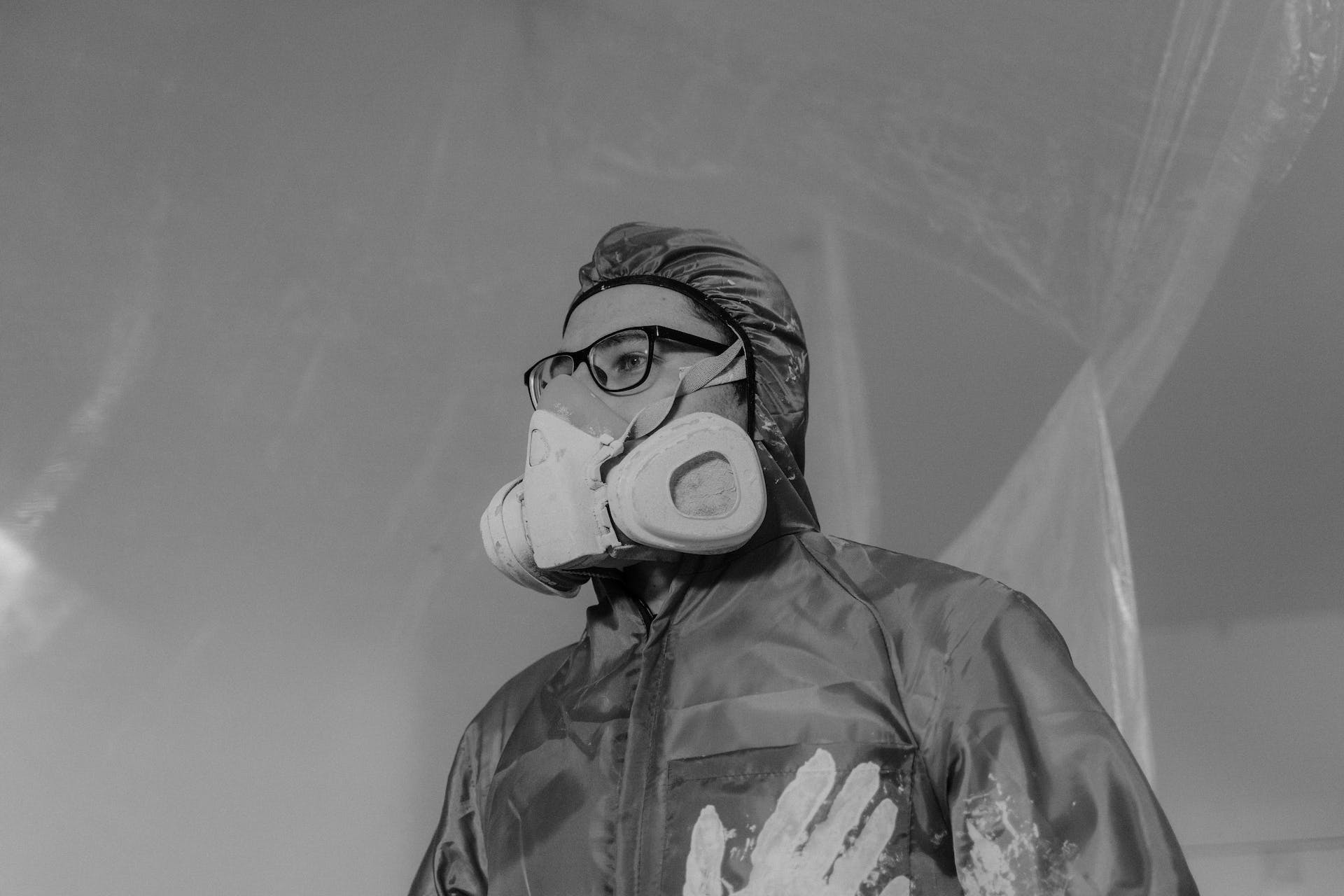Survivalists preparing for anything that might happen in the future will often look into getting a respirator to store with their gear. They may practice donning it to make sure they know how to use it if it’s ever necessary and may do drills with it to see how well it works. Along with learning more about the Tactical Full Face Respirator and how it works, it is crucial to make sure it’s stored properly so it will be in good shape when it’s needed.
Clean the Cartridges and Filters
If the respirator is used for training or drills, make sure the cartridges and filters are thoroughly cleaned after use and before putting them away. Follow the manufacturer’s directions to clean them properly and avoid using harsh chemicals. If they can’t be cleaned, it is time to replace them. It is a good idea to keep extras on hand so you will have plenty if you need to use the respirator for any reason.
Store in a Cool, Dry Place
The respirator should always be stored in a cool, dry place. This helps protect the respirator from potential damage. Ensure the respirator is wiped clean after use and that it’s completely dry before it’s put into storage. The cartridges should be stored separately from the respirator, not inside of it, and everything should be in an airtight container. It is important to position the respirator to ensure it is in its natural shape so it isn’t bent or damaged from long-term storage.
Avoid Extreme Temperatures or Direct Sunlight
Make sure the respirator is not stored anywhere where there may be extreme temperatures or direct sunlight. It can be damaged if it gets too cold or frozen during the winter or if it gets too hot during the summer. If it gets too hot or is in direct sunlight, components may start to melt, and the respirator won’t be available to use when it’s needed. They should also be stored in a way where they won’t be exposed to dust, chemicals, or excessive moisture. All of these can end up causing damage to the respirator and it will need to be replaced.
Replace the Respirator When it Expires!
Respirators do expire, as do the cartridges and filters. Most respirators will last around 20 years, so they can be stored and kept in case of an emergency for a long time. However, the lifespan of cartridges and filters may be lower. It is important to know what the expiration dates are and to replace cartridges, filters, or respirators when they have reached the expiration date. They may not be as effective if they’re used after this date.
If you’re planning on purchasing a tactical respirator to be prepared for whatever the future may hold, make sure you know how to store it correctly. All the money could be wasted if it’s left in the backseat of your car or stored in the shed where it might freeze during the winter. Taking proper care of it and all the components can help it last as long as possible, so you’ll know it will work properly if you ever need it.





